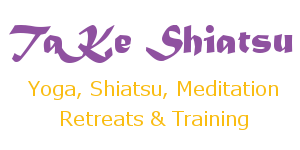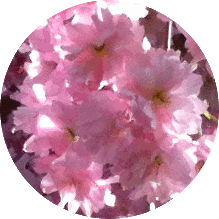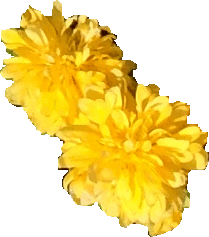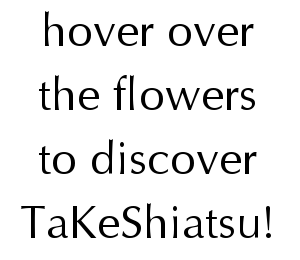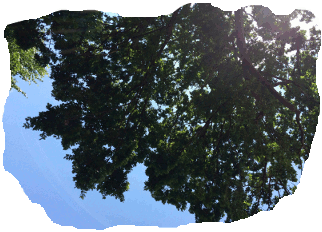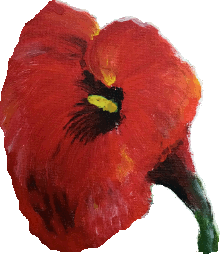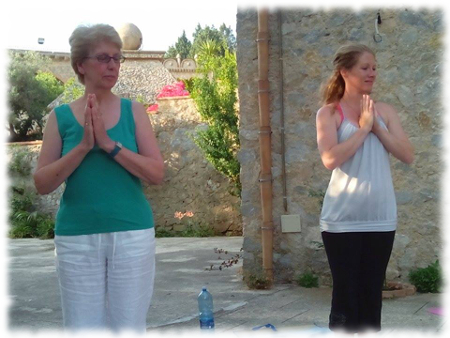
I teach classical yoga, womb yoga, self-care shiatsu and mindful movement to help students of all ages and levels find their natural strength and develop flexibility, openness and compassion by listening to the needs of the body.
Classical Yoga helps us find the relaxation response... we begin each pose with relaxation and stillness, then we slowly move into the pose with an intention of calm, giving ourselves time to find the alignment and position that our body can go to in that moment... which sometimes is very different to what we think we can do, or what we may want to do. Our mind can limit our movement and cause injury by focussing too much on the outcome and on pre-existing ideas about how far we can go. We hold the pose for at least half a minute, sometimes several minutes, then in a slow and relaxed movement, come out of the pose and rest again. The rest between poses is so important, as it gives us time to come back to a neutral alignment before we go to the next pose or exercise, and to check in with the body, notice our state of mind, so that we are fully present. Classical yoga is particularly good for strengthening the back and learning how to find peacefulness in adversity and in success.
Womb Yoga teaches us to listen deeply and follow the needs of the body... the womb is a creative, nourishing and intuitive space, whatever our gender or age. This kind of yoga, as developed by Uma Dinsmore-Tuli, strengthens the outer parts of the body, the fingers and toes, wrists and ankles to protect and restore the joints, and in an effortless way, increases the strength in the arms and legs, while the centre of the body, the pelvis, guides all of the movements. It is really important to be comfortable in the exercises, so students are encouraged to use plenty of supports, including blocks, cushions, blankets and eye pillows. By giving the body enough support, the body reveals its natural power and flexibility. Womb yoga is deeply restorative for the lower back, especially following mental or physical exhaustion and to help turn inwards after too much giving out or focus on outward achievement.
Self-care Shiatsu is something I introduced to my yoga classes to prevent and treat injuries and prepare the mind for yoga. By massaging particular acupuncture points and channels, the mind and body start working together in harmony. When we make contact with these points on the body that are related to the yoga poses, we are opening a communication within the body and the mind which informs us about the state of the body and what it needs in that moment. Students learn how to feel the flow of energy (Ki in shiatsu or prana in yoga) and how to respond to it, with deeper touch or backing off... to connect with the energy as it is, rather than trying to change it. Once that connection is made, then the body and mind work effortlessly and playfully together to move, or rest, to go deeper or pull back from a pose or exercise. Self-shiatsu invokes an easily accessible state of meditation, a feeling of self-nourishment and care and a uniquely personal understanding of how our energy flows.
Mindful Movement in my classes begins by students setting a personal and group intention to be aware of our emotions, our thoughts, the physical sensations of our muscles, skin, energy flow, joints, our breath and more, throughout the yoga practice. This intention is supported by a natural gesture of kindness and compassion towards ourselves and others, which includes contentment with whatever we are able to do in our practice, patience and stamina. It is not expected that the mind will be focussed on the practice for every single second of the class, as it is natural and essential that the mind wanders, creates and connects while we are trying to do something... it is however possible to train the mind so that we remember to come back to the yoga practice when the mind has wandered away completely, and to keep coming back, and back, and back again, continuously, until the practice is finished. This ability to bring the mind back, is mindfulness itself, and it can evoke a feeling of deep satisfaction, faith in ourselves and contentment that makes practising yoga joyful and non-competitive.
Who is this kind of yoga for?
This yoga is suitable for men and women at all levels including absolute beginners, women in postnatal recovery and experienced yogis and yoginis. It is also for students who are interested in creating their own practice with support from me, rather than being classically guided.
What do I need to bring?
Depending on the retreat or workshop, you may need to bring a yoga mat and blanket, please see the details for the event. I recommend wearing soft natural fibre clothing that is free-flowing or easy to stretch in, layers are best, including warm socks or soft slippers, a jumper or wrap for relaxation. A notepad and pen may be helpful to record your thoughts during or straight after your practice.
What else do your students say about your yoga classes?
You can read more testimonials from my students here.
Where can I practise yoga with you?
Coming up, I have these
workshops and day retreats in Essex.
For a personalised retreat, have a look at my
private retreats in Sicily.
Find out more about my tailored trips in Sicily
on my travel website.
You can also check out my videos on
vimeo.


